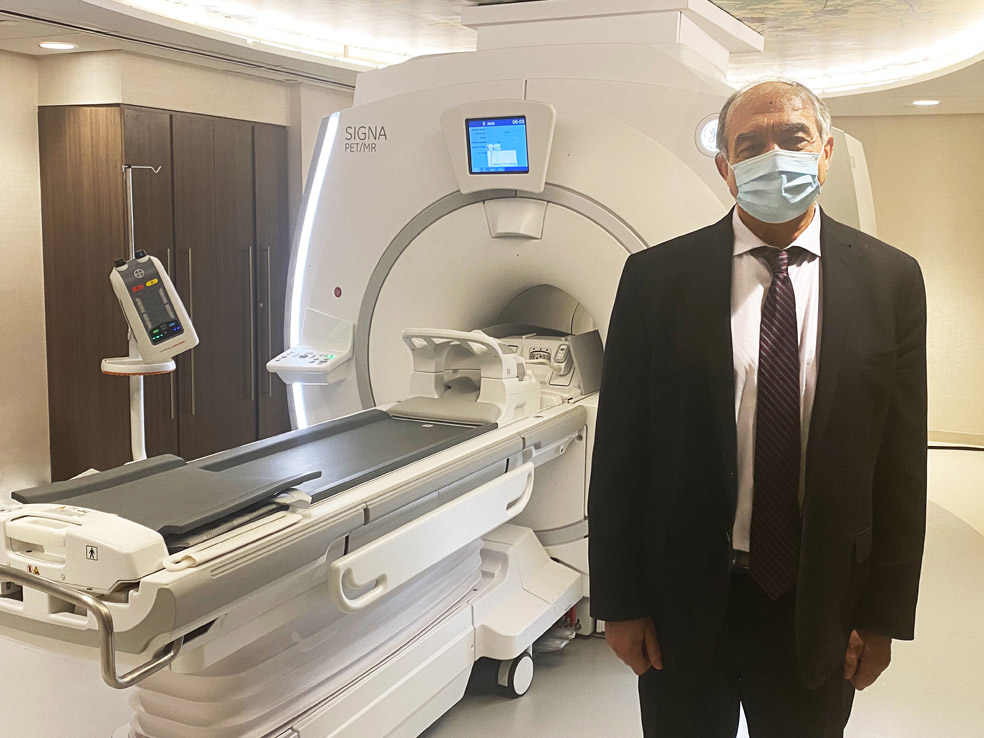 Last month, Avison Young hired John S. Gray as an executive director in its Fairfield/Westchester County office, where he will lead the landlord and tenant representation team.
Last month, Avison Young hired John S. Gray as an executive director in its Fairfield/Westchester County office, where he will lead the landlord and tenant representation team.
Gray brings 38 years of commercial real estate experience to his new position. He was previously an executive director at Cushman & Wakefield for more than two decades and earlier was a senior vice president at Jones Lang Wootton Ltd. and executive vice president at Charles Mackall & Co.
In this edition of Suite Talk, Business Journal Senior Enterprise Editor Phil Hall speaks with Gray about the state of the region”™s commercial property market.
Why did you decide to join Avison Young at this point in your career?
“I was drawn to Avison Young”™s people-first culture and opportunity to be a part of the firm”™s continued growth. Avison Young”™s cutting-edge technology, including its AVANT platform, provides a competitive advantage with access to market data in real time, setting its team members up for success.”
How would you categorize the state of the regional office market?
“In the Fairfield County market, prime submarkets such as Stamford and Greenwich are maintaining a strong performance, benefiting from New York City relocations as occupiers seek proximity to transportation to allow for convenient travel back and forth to the city for employees.
“Philip Morris is currently looking for 60,000 to 80,000 square feet in Stamford and another tenant is seeking 40,000 square feet in Greenwich or Stamford ”” both indicators of the robust demand in these submarkets. We are also seeing the flight to quality continue as tenants relocate from down markets to premier buildings within these top-performing submarkets, even if they are taking less space.”
How would you categorize the state of the regional retail market?
“Submarkets where younger generations are moving to are performing the best, an example being Stamford with its downtown, waterfront location near transportation and under construction residential developments such as BLT”™s Harbor Point.
“Food and beverage tenants continue to outperform clothing retailers, while supermarkets in the Greenwich, New Canaan and Stamford submarkets have been major drivers of activity as a result of work-from-home orders that have led to people staying closer to home during the week.”
What do you see as the growth industries in the two counties that landlords should consider when seeking to attract new tenants?
“Landlords should consider how they are positioning commercial office space when looking to attract new tenants and be prepared to compete with “spacelords,” such as coworking providers. We are seeing demand from tenants for fully built and furnished space with the flexibility of shorter-term leases.
“While this trend has taken off in the city with concepts such as ”˜Durst Ready”™ spaces at 1155 Ave. of the Americas and 114 West 47th St., we have yet to see this model adopted in the Fairfield County market, which is a missed opportunity.”
How will the flare-up of Covid infections with the Delta and Lamdba variants impact the region”™s commercial real estate market?
“With the new variants, many occupiers are still taking a wait-and-see approach. However, a lot of public corporations are pushing out return to office deadlines into the fall, winter and next spring as a result of the new surge in cases.”
If we were to pick up this conversation in a year from now, where do you think the region”™s commercial real estate market will be?
“In a year from now, the market is poised to experience pent-up demand stemming from the last year-and-a-half when real estate decisions were paused as a result of the pandemic. Tenants have been extending their leases, closing offices or letting employees work from home, and as Covid restriction loosen once again, we”™ll see a number of requirements hit the market, primarily in the 5,000- to -10,000-square-foot range.”




















